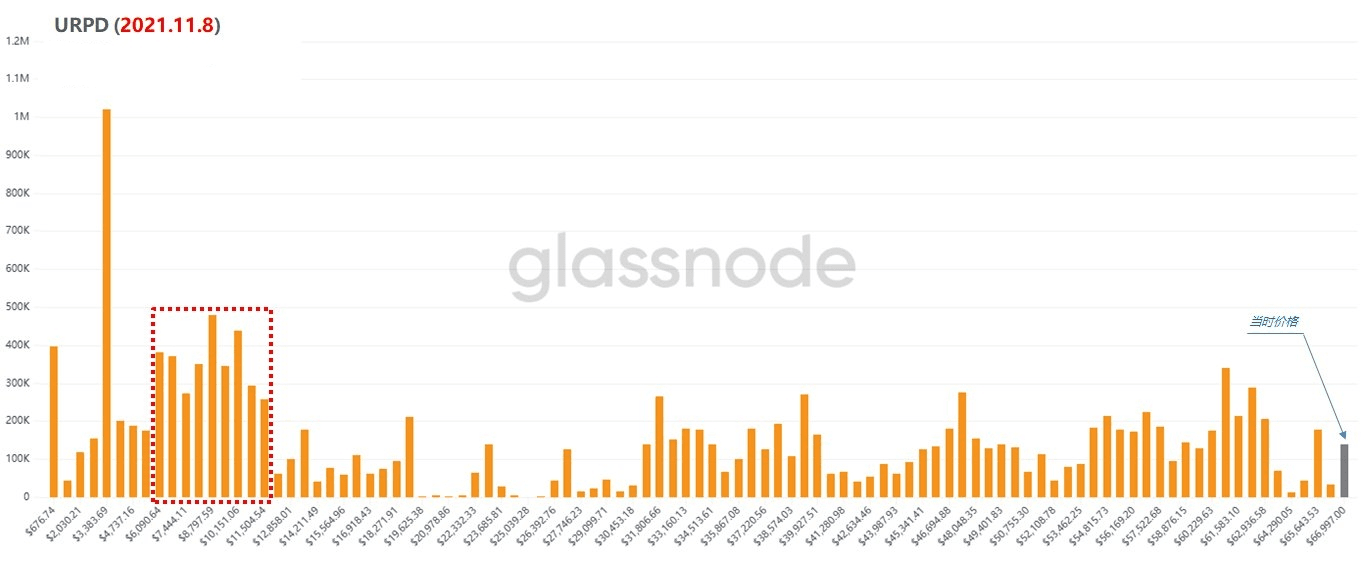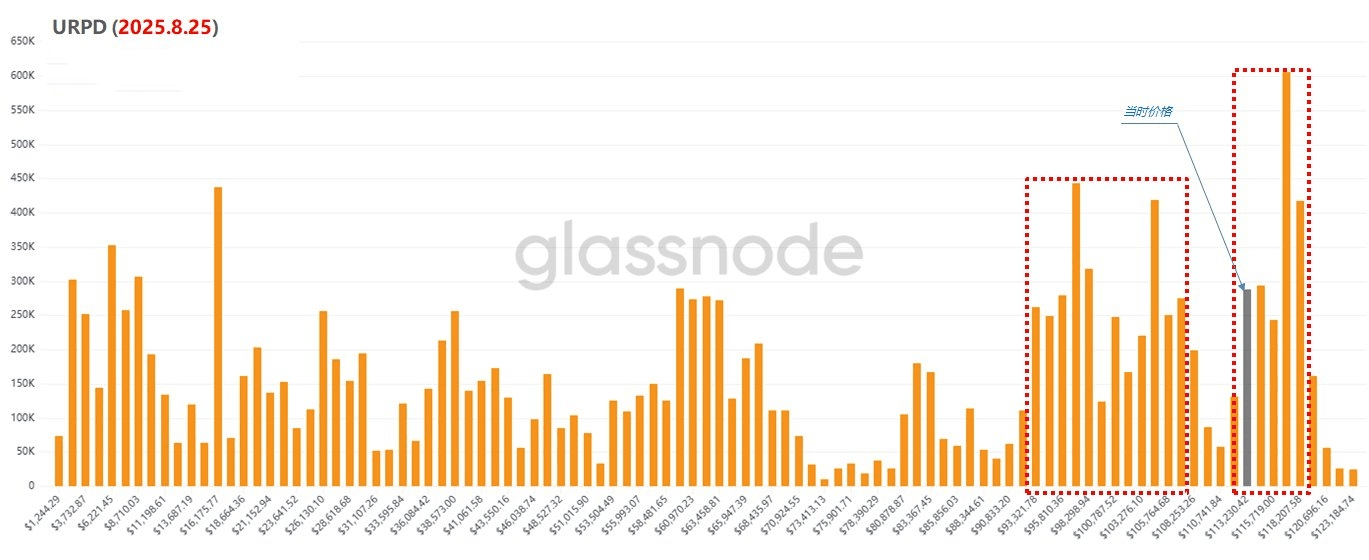Many people have recently started shouting that "the bear market is coming," but the question is, what exactly qualifies as a real bear market? Some believe it is a price halving drop of 50%, while others think it is a decline lasting over a year. If we use the latter standard, can the market trend from March to October 2024 already be considered a bear market? Clearly, there is no unified answer to this question.
In other words, the definition of a bear market itself is subjective. Your understanding of a "bear market" may not be equivalent to someone else's understanding.
From the madman's perspective, a real bear market is not merely a technical pattern signal, but rather when the main market participants completely lose confidence. This can be easily observed when we look at the behavior of large fund holders.
Looking back at November 2021, when Bitcoin was running at a high level, large holders (holding 100 to 100,000 BTC) were continuously selling, and the profit realization scale once exceeded $2 billion.

(Figure 1)
Now, even though Bitcoin's price has reached a historical high of $120,000, the maximum profit realization scale for large holders is less than $1 billion, which is in stark contrast to 2021.

(Figure 2)
Looking at the chip distribution again, when Bitcoin rose to $65,000 in 2021, the cheap chips in the market were mostly concentrated in the range of $6,000 to $10,000. Even if the price falls, players can still easily profit.

(Figure 3)
In 2025, chips are mainly concentrated in the range of $90,000 to $110,000, and $113,000 to $118,000. If these ranges are broken, holders will not only have no profit but will also face significant losses. Especially for institutions and Wall Street capital that entered through ETFs, it is even less likely that they will easily cut their losses.

(Figure 4)
Therefore, we need to consider: does the "top divergence" and "death cross" in technical patterns necessarily lead to a long bear market like in 2021? Ignoring the changes in chip structure, institutional funds, and the macro environment, the answer may be too arbitrary.
The madman's judgment is that the current market may be in a "phase of weakness," but simply labeling it a "bear market" seems overly pessimistic. Rather than being swayed by emotions, it is better to calmly consider the data and logic.

